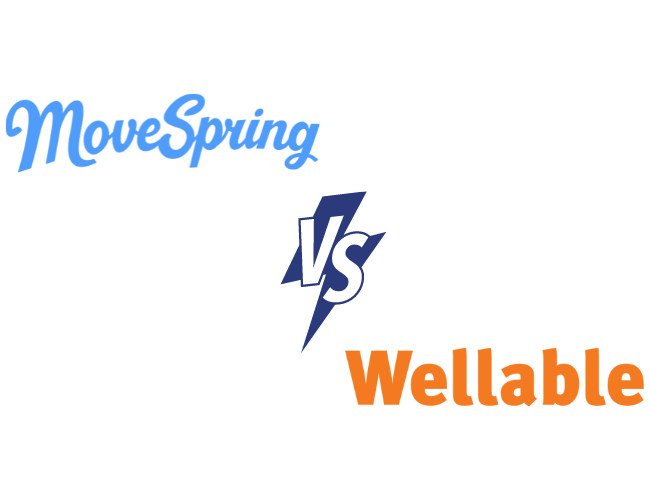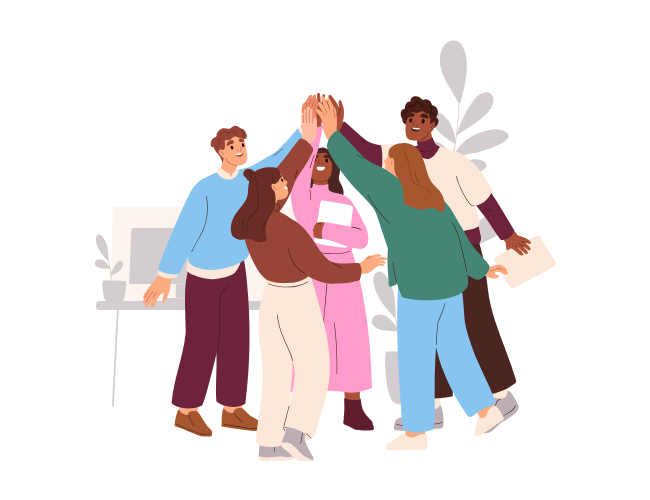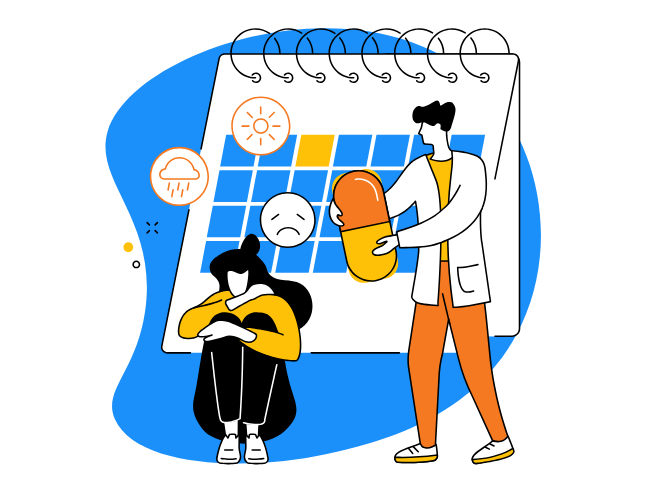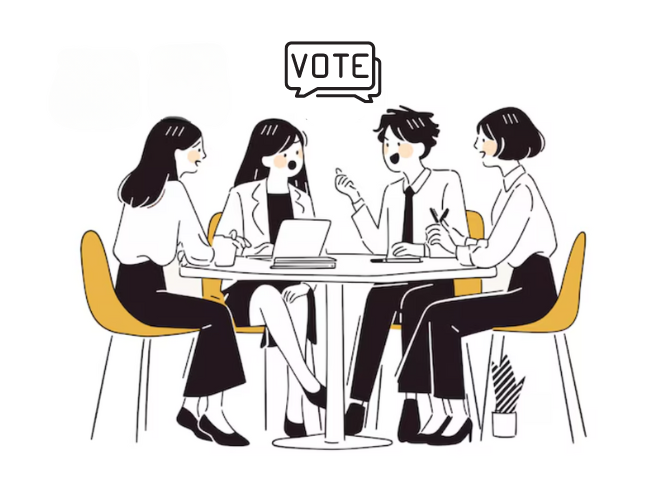In case there was any doubt that messaging apps were the future of communication in the mobile-first era, a new study released this morning puts some solid numbers behind their traction, especially over email. According to a report from App Annie, email is effectively dying among two age groups: (i) 13-24 and 25-44. Both age groups spend significantly more time in messaging apps relative to email apps. Millennials are already the largest part of the labor force, and as baby boomers move to retirement, younger generations that clearly favor messaging over email will begin to comprise more and more of the working population.
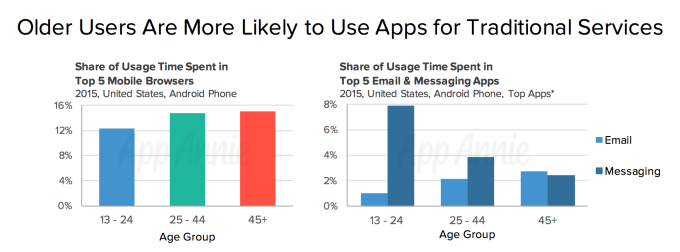
Since lack of awareness was a top five reason for employee disengagement in wellness programs, it only makes sense for employers to start rethinking their wellness communication strategy. Although email is still heavily used and should be part of a communication strategy, employers need to start incorporating messaging into a multi-faceted communication strategy designed to reach as many employees as possible. A great place to start is by incorporating text messaging into their programs. We already know that messaging is already becoming the preferred method of communication for mobile, but there are also numerous studies that validate text messaging applications in health management use cases. The most important takeaways from these studies is that the benefits of messaging for health are primarily being delivered through a higher open and read rates relative to more traditional forms of communication. Wellness administrators do not necessarily need to change what they communicate, rather just how they communicate.


